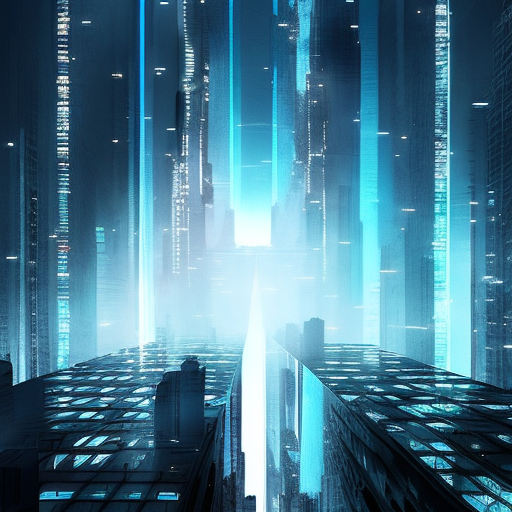One-line summary:
In the dystopian novel “High-Rise,” J.G. Ballard explores the psychological breakdown of residents in a luxurious high-rise building, highlighting the dark side of modern urban living.
The Rise of Chaos:
“High-Rise” takes place in a towering residential complex that promises its residents a self-sufficient and luxurious lifestyle. As the building’s amenities become increasingly dysfunctional, tensions rise, and the social order within the high-rise begins to crumble. Ballard paints a vivid picture of the psychological disintegration of the residents, revealing the primal instincts that lie beneath their civilized facades.
The story follows Dr. Robert Laing, a new resident of the high-rise, as he navigates the escalating chaos. Initially detached from the building’s social hierarchy, Laing finds himself drawn into the power struggles and violence that consume the residents. As the building descends into anarchy, the residents divide themselves into warring factions, each vying for control and dominance.
The Collapse of Civilization:
Ballard uses the high-rise as a microcosm of society, exploring the fragility of civilization and the inherent darkness that lurks beneath the surface. As the building’s infrastructure fails, the residents regress into a primitive state, indulging in violence, sexual promiscuity, and hedonism. The high-rise becomes a battleground where the residents’ primal desires and instincts are unleashed, leading to a complete breakdown of social norms.
The collapse of civilization within the high-rise is a metaphor for the breakdown of societal structures in the face of modernity. Ballard suggests that the comforts and conveniences of urban living can mask the underlying savagery that resides within individuals. The high-rise becomes a symbol of the dehumanizing effects of modern architecture and the isolation it breeds.
The Descent into Madness:
As the high-rise becomes a battleground, the residents’ sanity deteriorates. Ballard delves into the psychology of his characters, exploring the effects of confinement, social isolation, and the loss of societal norms. The residents become trapped within the confines of the building, unable to escape the escalating violence and madness.
Laing, the protagonist, undergoes a transformation from detached observer to active participant in the chaos. He embraces the darkness within himself and becomes a symbol of the primal instincts that drive the residents. Ballard questions the thin line that separates civilization from savagery, suggesting that the veneer of order can easily be shattered.
Key Takeaways:
- Urban living can mask the primal instincts and darkness that reside within individuals.
- The collapse of societal structures can lead to the breakdown of social norms and the unleashing of primal desires.
- Modern architecture and isolation can contribute to the dehumanization of individuals.
- The fragility of civilization is exposed when confronted with chaos and anarchy.
“The high-rise was a huge machine designed to serve, not the collective body of tenants, but the individual residents as a series of isolated consumers.”
In “High-Rise,” J.G. Ballard presents a chilling and thought-provoking exploration of the dark side of modern urban living. Through the breakdown of a luxurious high-rise building, Ballard exposes the fragility of civilization and the primal instincts that lie beneath the surface. The novel serves as a cautionary tale, reminding us of the potential consequences when societal structures collapse and the darkness within individuals is unleashed.












